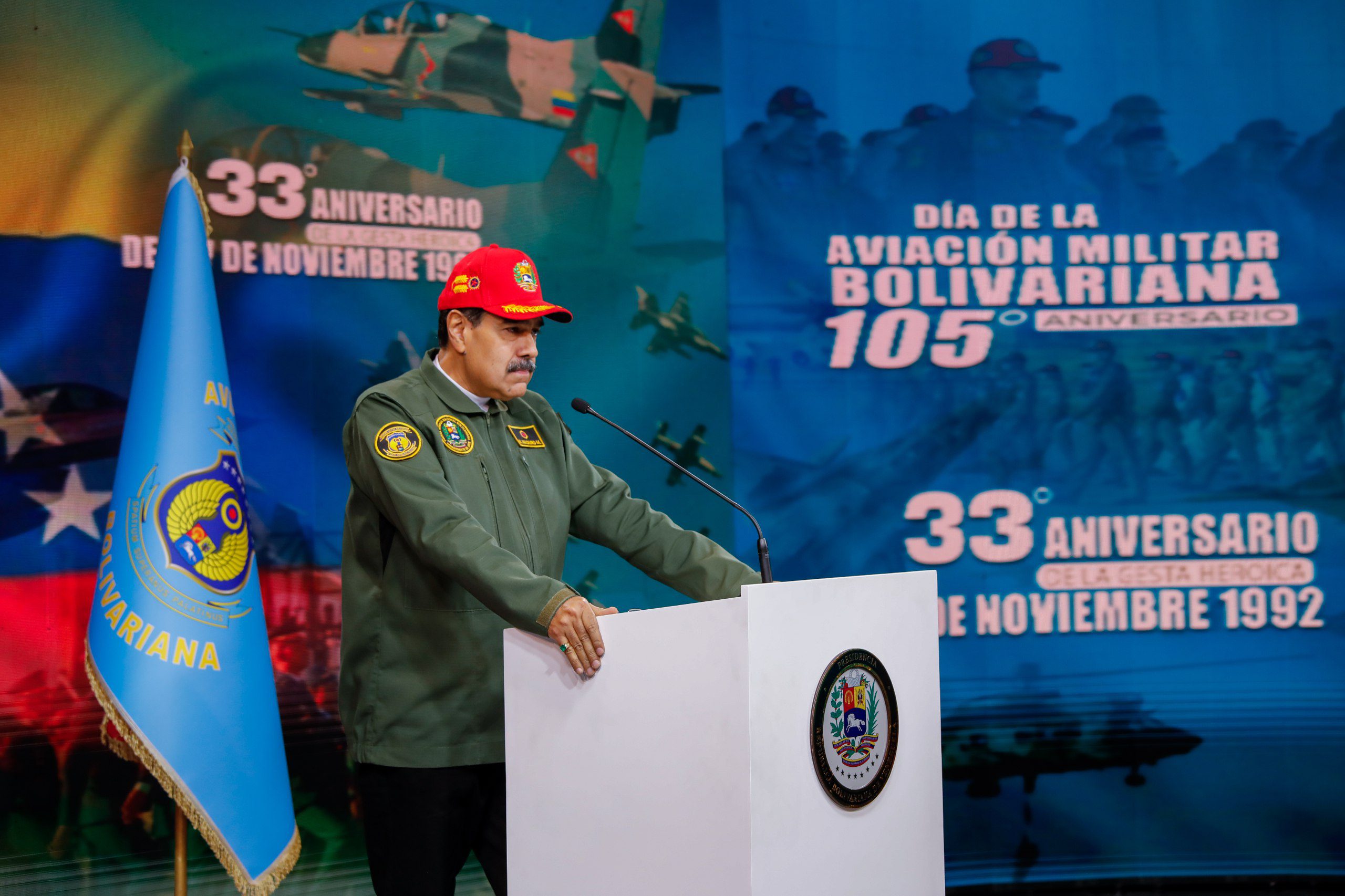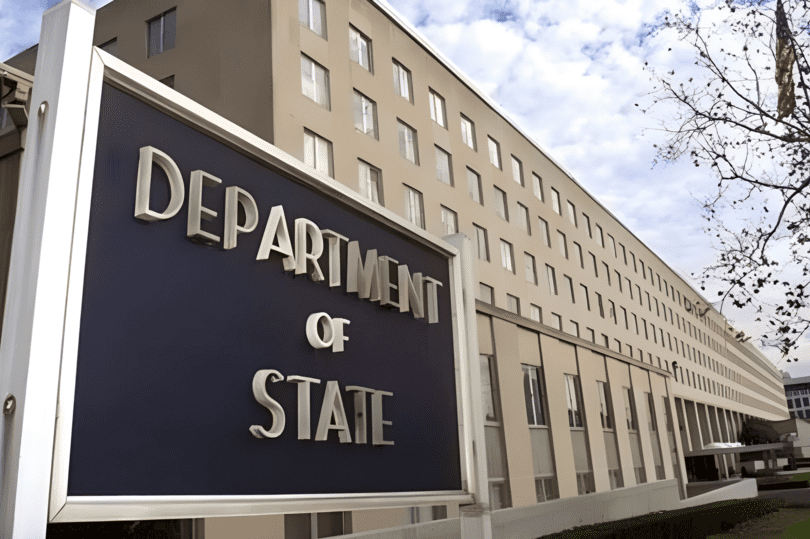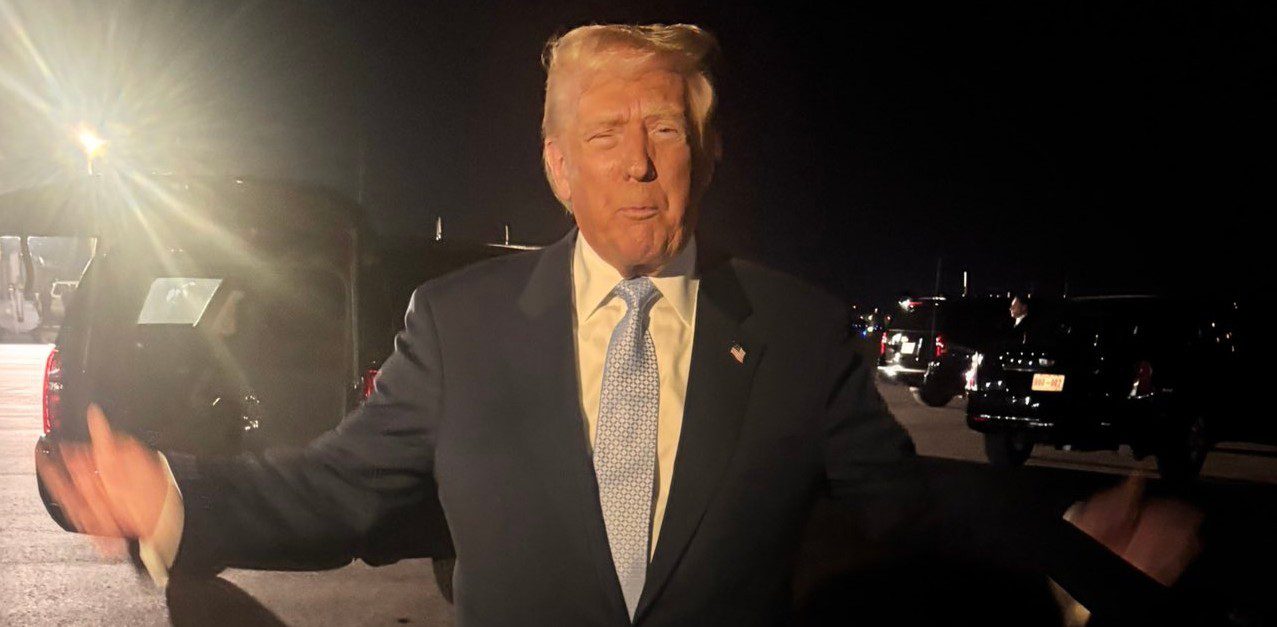Guacamaya, June 25, 2025. At a summit held in The Hague, NATO countries agreed on a new collective goal: to gradually increase defense spending to 5% of GDP by 2035. Spain, however, expressed concern over how this commitment might affect its social welfare system, though it reiterated its intention to reach 2.1% of GDP in defense spending.
A New Defense Spending Framework.
At the NATO summit, leaders made a significant decision on military spending. They agreed to set a new standard. The final declaration states that all member countries must invest at least 3.5% of their GDP in military capabilities, plus an additional 1.5% for safeguarding critical infrastructure. The goal is to achieve this target by 2035.
This agreement comes at a complex moment for global security, with the conflict in Ukraine, tensions with Russia, and new technological challenges. NATO Secretary General Mark Rutte acknowledged that meeting this commitment will strain national budgets but emphasized that allied nations broadly agree it is necessary. “These are tough decisions, but many believe there is no alternative,” he noted.
Spain’s stance drew particular attention. Prime Minister Pedro Sánchez disagreed with the new 5% target, arguing it could undermine essential public services. Despite these concerns, Sánchez reaffirmed his government’s commitment to reaching the previously agreed-upon goal of 2.1% of GDP for defense spending.
Donald Trump’s warning to the Spanish leader did not go unnoticed. Trump claimed Spain was the only country refusing to increase its contribution, stating, “They’re going to have to pay more—and I mean it.” He further suggested economic repercussions if Spain failed to align with NATO’s direction.
NATO 2030: An Agenda for Strategic Adaptation
The new agreement is not isolated. It falls under the NATO 2030 agenda, a plan launched in 2021 to prepare the alliance for a changing global landscape. This agenda, spearheaded by former Secretary General Jens Stoltenberg, emerged after consultations with governments, experts, civil society, and the private sector.
The agenda includes initiatives to enhance NATO’s responsiveness, such as:
1. Boosting political coordination through more meetings among ministers, security advisors, and experts on arms control and emerging technologies.
2. Strengthening deterrence and defense by fulfilling the 2% GDP pledge and developing new military capabilities.
3. Increasing resilience in critical sectors like energy and transport.
4. Preserving technological edge via defense innovation programs and dedicated funds for emerging technologies.
5. Expanding cooperation with partners beyond the Euro-Atlantic area to uphold a rules-based international order.
6. Collaborating on capacity-building in security and institutional reform.
7. Adapting to climate change by reducing emissions and assessing environmental risks.
8. Crafting a new strategic concept for modern threats, including cyberattacks and geopolitical tensions.
9. Investing in shared capabilities to prioritize efficiency and cohesion among allies.
The Hague agreement aligns with these commitments and raises expectations for defense investment.
Economic Impact and Market Reaction
The new spending target shook financial markets. Defense sector stocks rose after the summit—British firm Babcock surged over 10%, while German and Spanish companies, including Indra (recently added to the Euro Stoxx 50 index), also posted gains.
Germany surprised many by announcing it would reach 3.5% of GDP in military spending by 2029. Bank of America estimates this will require over €150 billion in the coming years, mostly for military equipment.
Despite broad commitment, only 16 countries have activated the “fiscal clause” allowing higher defense spending without breaching fiscal rules. France, Italy, and Spain are among those yet to do so.
Summit Outlook
The Hague agreement opens a new chapter for NATO amid ongoing global instability. The 5% GDP target signals unity against shared threats but poses domestic challenges. Nations must now balance security guarantees with social welfare. The NATO 2030 agenda will continue guiding this transformation in the years ahead







